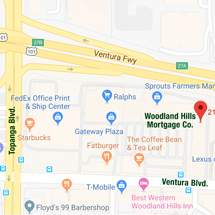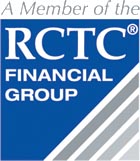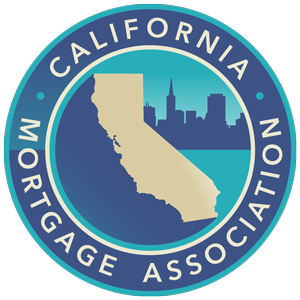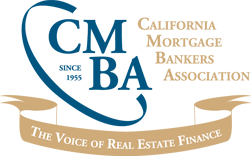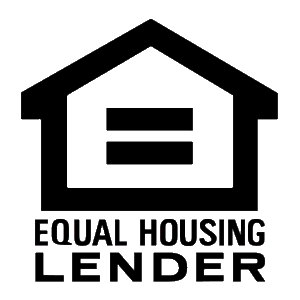LOAN AGENTS
- Woodland Plus – Our most popular Financing – Sometimes called Sub-Prime. It features easy qualifying – the Woodland Plus is up to a 30 year, fully amortized loan with a fixed rate for the first 5 years and adjustable thereafter – This loan has a NO BALLOON PAYMENT OPTION!

BASIC LOAN
- You can also choose – a fixed rate, fully amortized loan for varying periods.
- Short term Loan – Are you sure you want to risk a short term balloon payment? If you’re willing, we can often customize a loan that suits your needs.
- Staged-Funding – This is a loan where the Deed of Trust is recorded for one amount. However, you may wish to borrow much less initially. This saves you interest and makes it possible to borrow more later if and when funds are actually needed.
- Construction Loans – Fund control is usually required. The loan can often be based on the as-completed value of the property.
- Rehab or Flip Loans – These are loans made to investors who buy properties, usually below market, rehabilitate them and immediately resell them. These loans are typically shorter term and at a higher loan-to-value ratio than normal loans
- Loans on Commercial, Manufacturing, Apartments and many other property types.
We will consider loans secured by any type of real property located in the state of California.

PROPERTY LOANS
Examples of property types with which we have secured loans:
- Owner Occupied single family homes
- Non- Owner Occupied single family homes
- Manufactured Homes (with or without the 433A)
- Apartment buildings
- Churches
- Extended-Care facilities
- Hotels/motels
- Industrial/commercial
- Land – entitled or unentitled
- Mixed Use
- Office buildings
- Ranches
- Restaurants
- Many other property types!
Five Easy Options For Private Money Lenders & Brokers To Deal With TRID
Don’t worry; even if you are not prepared for TRID* and even if your business focuses on property types other than homes, you likely still have at least one of four easy options (below) available to deal with your TRID requirements.
Most important, it’s no longer a matter of property type. On October 3, 2015 it becomes the purpose of the loan that determines whether you must comply with TRID requirements. Even a loan on vacant land can compel you to provide the TRID disclosures if the loan proceeds are for a consumer use.
You might want to consider some of the options, below, in order to deal with your TRID exposure.
- You can always just decide not to do consumer purpose loans but that may cause you to be leaving commissions on the table each year. In addition, if you make a business purpose lending decision with a borrower and that business purpose is not well documented, you have a greater chance of having an unhappy result similar to what we’ve experienced; two of our last four lawsuits were borrowers reversing themselves and later claiming that the loan was really for a consumer purpose. If there is any chance that the loan might later be argued that it was really a consumer purpose loan, of course, you’d want to beef up your business purpose evidence; however, it might be less risky and likely more profitable to also examine one of the other options below.
- Any lender that makes five or fewer “Consumer Purpose” loans a year is exempt from TRID disclosures in most instances. a. When you are the lender and you are not otherwise a “REG Z Lender”, you are likely exempt from TRID disclosure requirements if you make five or fewer consumer purpose loans per year; this year or last year. However, if you’ve made even one HOEPA loan in a 12 month period, then you are automatically a REG Z lender and have lost this exemption for the 12 month period. From a practical perspective, if you are not making owner occupied consumer loans on 1‐4 unit residences you would not have made a HOEPA loan. b. You’d want to make sure that your lenders on the loan meet the same requirements as you must in a., above, where you would have been the original lender. A word of caution: don’t assume just because your lenders have not made five or fewer consumer loans through your company and have not made any HOEPA loans through your company that they have not made consumer loans with another company during this period. Get affidavits from them if relying on this exemption. c. Substantially expanding use of this exemption is accomplished by tracking the number of exempt loans made by each of your investors and making sure you never use an investor on a loan that is no longer “exempt.” Think of the opportunity to increase the number of exempt loans that you can arrange (as opposed to make) by using the exemptions of many different investors who originate your consumer purpose loans. d. When relying on these exemptions, it’s critical to get your attorney’s guidance.
- Assuming you plan on producing your own TRID forms (t he new Loan Estimate or L.E.), don’t risk completing them by hand; the error rate is too high and the penalties are too great to take that risk. Instead, check with your software provider to see if they have your back or search for available software that will properly complete your TRID documentation.
- Alternately, a number of companies will properly complete your TRID forms for a small fee; if you make only a few consumer purpose loans a year, this may be an additional option for you but satisfy yourself that the company you select knows how to do it right. Such companies should be discoverable on the Internet.
- Last, we believe at least one of these options will keep you in the game with consumer purpose loans, just talk with your attorney and review the CFPB web site to be sure you’re doing it correctly; however, if you’re not comfortable with any of these options you can always call us at Woodland Hills Mortgage. We are a lender that can fund your consumer purpose loans, regardless of property type, up to $2,000,000 and can usually pay you a commission on the transaction. Call Larry Falk, Michelle Rodriquez or me, Richard Temme with any questions about funding your loan.
It’s my hope this letter becomes an idea source for you and your attorney when weighing your TRID options.
Regards, Rich Temme
P.S.: Remember, it’s illegal to use a TRID disclosure for applications taken prior to October 3, 2015 and after that date, when the loan is for a consumer purpose, it’s no longer acceptable to use a “Good Faith Estimate.”
*TRID: TILA/RESPA Integrated Disclosures – the combining of the initial TILA disclosure that has the 4 Federal boxes and the Good Faith Estimate, and the combining of the final TILA disclosure and the HUD1 settlement statement.







